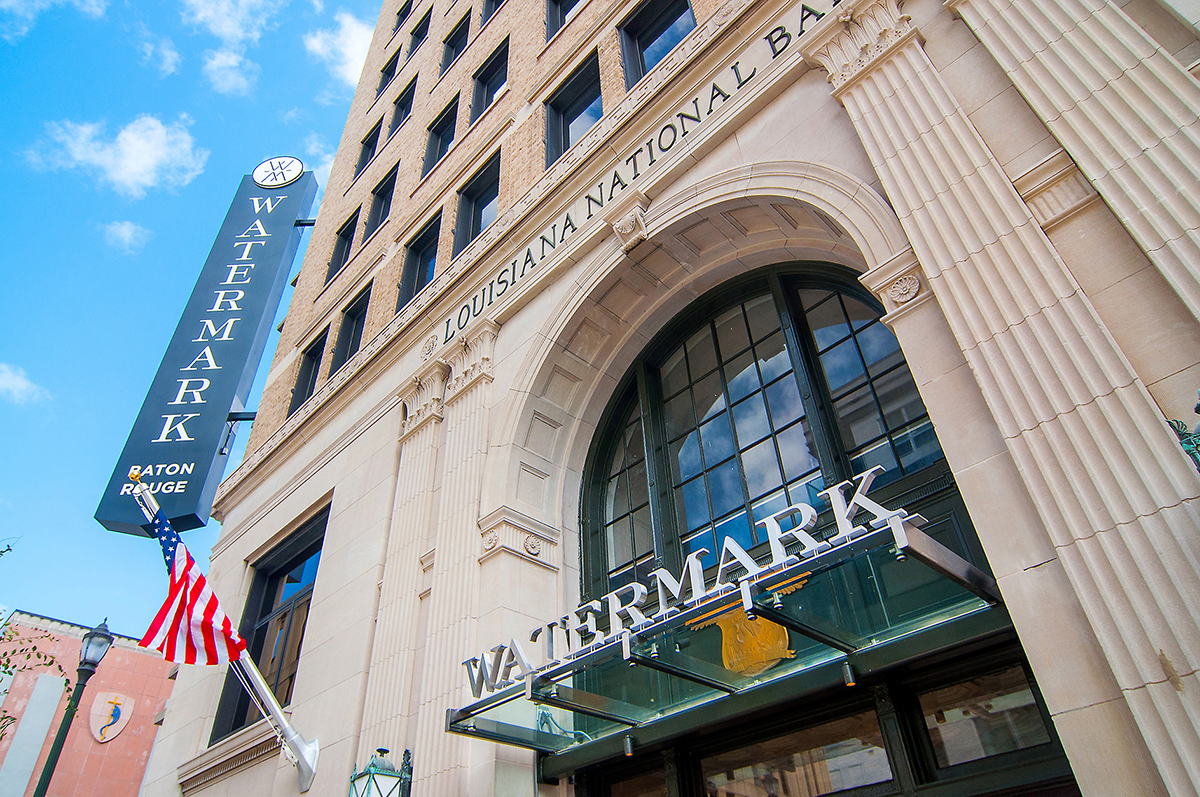
The Watermark Hotel brings Baton Rouge’s past to life
A streak of late afternoon sunshine glances across a pair of west-facing double doors on Third Street. The light passes a doorman, traverses white marble and terrazzo floors and stops at a set of stairs descending to a place that once kept fortunes.
This is the new Watermark Hotel in downtown Baton Rouge, and it is not difficult to feel the presence of something grand here.
For a city often asking questions of its own cultural identity, the Watermark offers a new way to contemplate the answers. The Capital City’s community pride could be bolstered by this boutique hotel, the latest architectural achievement in downtown celebrating its past, present and future.
|
|
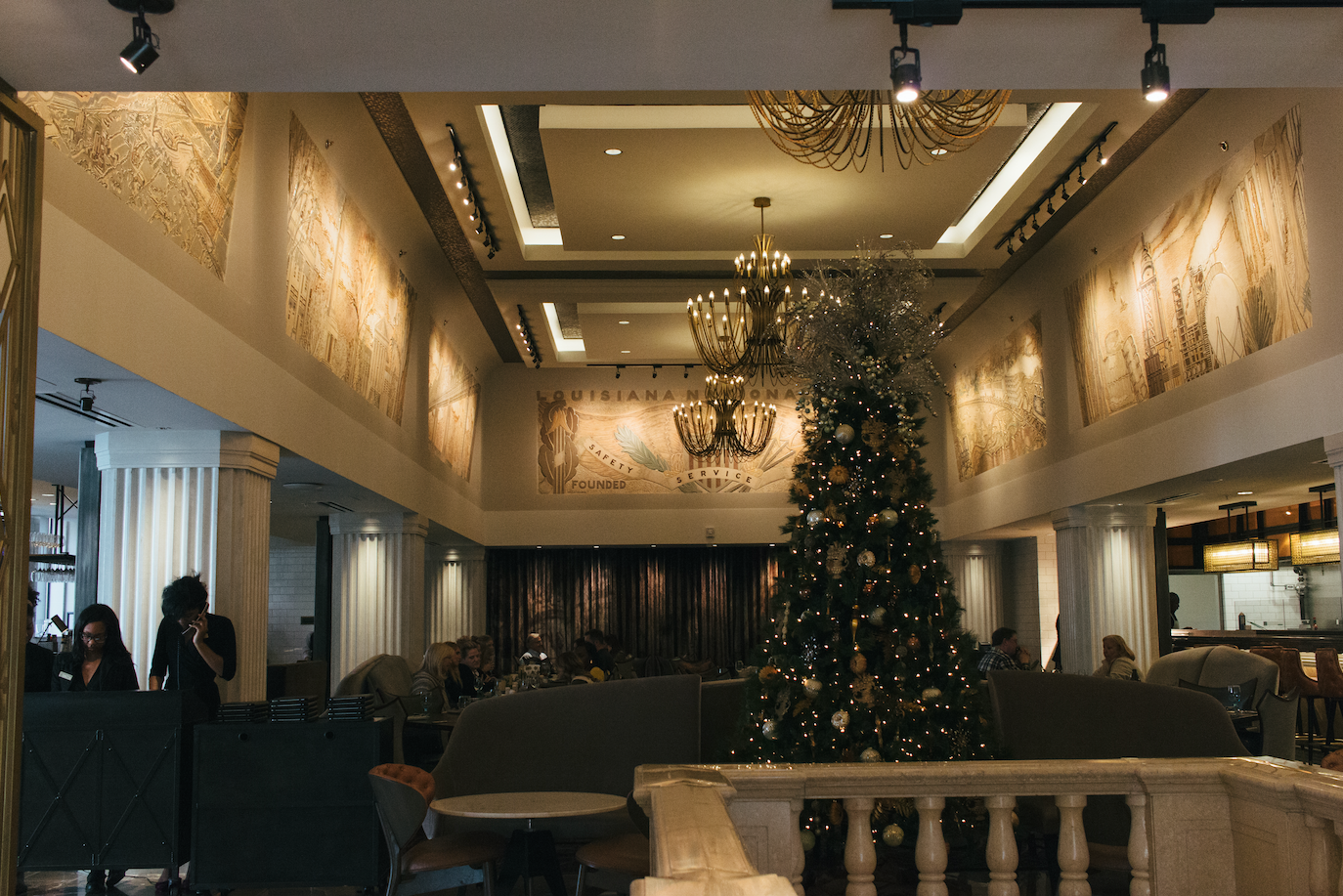 Constructed in a Greek Revival style in 1925, the 12-story building was the city’s first skyscraper and home to Louisiana National Bank. By 1970, it had been sold and converted into the State Office Building for the Louisiana Board of Regents and other higher education departments.
Constructed in a Greek Revival style in 1925, the 12-story building was the city’s first skyscraper and home to Louisiana National Bank. By 1970, it had been sold and converted into the State Office Building for the Louisiana Board of Regents and other higher education departments.
In 2013, developer Mike Wampold purchased the building for $10.25 million with plans to open a new hotel. Wampold’s other downtown holdings include the Chase North Tower, City Plaza and II City Plaza. And, in 2011, he transformed the shell of unbuilt dormitories previously owned by Jimmy Swaggart Ministries into the luxury Renaissance Hotel on Bluebonnet Boulevard.
It was Wampold who, after striking a management deal with Marriott in 2014, came up with the name “Watermark” for the new 144-room development. The hotel opened in October, bringing with it two eateries: a Louisiana-inspired restaurant called The Gregory and Milford’s on Third, a kosher deli.
Architecture giant Gensler was contracted to transform the 90-year-old structure. Keeping with the hyper-local theme, two LSU graduates from Gensler’s Houston office led the design: principal Greg Lacour and interior designer Douglas Detiveaux. Baton Rouge gallery owner and curator Ann Connelly consulted on the fine-art elements and creative collaborations for the revitalized space.
“Storytelling is so important to meaningful and lasting design,” Lacour says. “Too often there’s just no story, and buildings that have only aesthetic value simply don’t mean as much to people. It’s the story that generates this subconscious connection to a place.”
In this case, Lacour says they wanted to create the sense that a hotel can feel like home.
Lacour recalls Detiveaux’s interior concepts solidifying early in the process through detailed mood boards, mounds of historical research and custom designs for nearly every piece of furniture.
“I wanted this design to be meaningful, to make an emotional connection,” says Detiveaux, a Houma native. “This seemed like a great opportunity to celebrate the genuine and true story of Baton Rouge.”
At the Watermark, that story spans generations, back to the 1920s and the many styles that followed, from Greek revival to art deco to midcentury modern. Each of these elements had to be tied together with a contemporary redesign that plays out like a nonlinear trip through the city’s past.
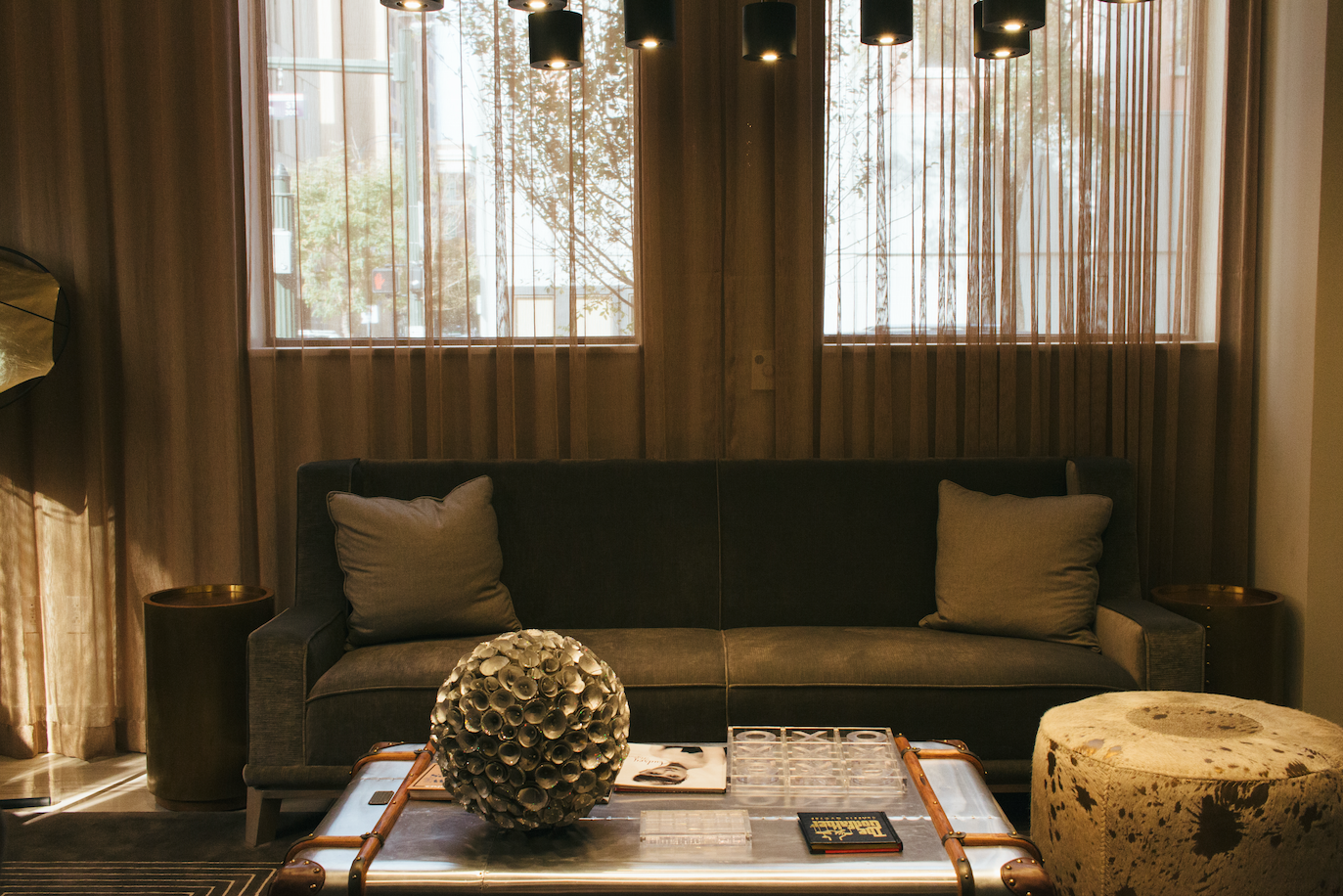 To meet this challenge, Detiveaux and Connelly worked with a top team of fine artists, art restoration specialists, historians, graphic designers, movie-industry designers, painters and more.
To meet this challenge, Detiveaux and Connelly worked with a top team of fine artists, art restoration specialists, historians, graphic designers, movie-industry designers, painters and more.
History-rich highlights of the Watermark include the agricultural nod of the sliding glass barn doors in rooms, industrial accents recalling the 1920s—which birthed the first skyscrapers—and the art deco-like brown pelican wall sculptures in the elevator cabs. At the entrance, artist Davide Micaro’s lenticular paintings of Lady Liberty, Thomas Jefferson and Napoleon convey Louisiana’s curious lineage and also allow for two images to flow seamlessly from one to another as the viewer walks by.
“Our common goal was to put together this amazing aesthetic puzzle that surprises, delights and inspires,” Connelly says. “We developed questions to follow the narrative and made sure to stay true to our guidelines. We challenged ourselves.”
The finished design feels, as Detiveaux describes it, like “raw versus refined, industrial chic and stately meets the hospitable.” He adds, “A hotel in the Deep South should absolutely feel different than one in New York or Los Angeles.”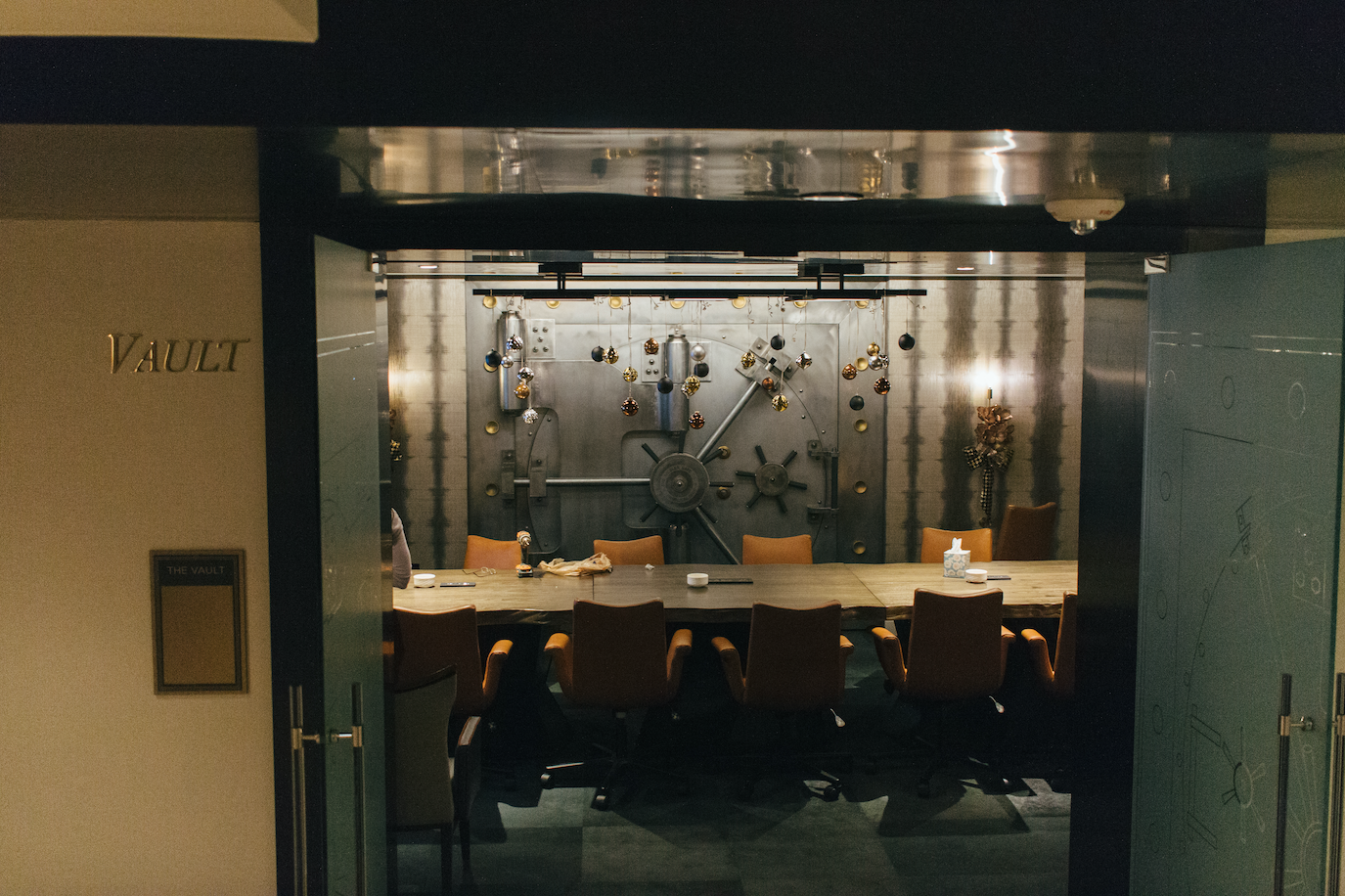
Perhaps the most eye-catching part of the design is the restoration of artist Angela Gregory’s eight bas-relief murals first created for the Louisiana National Bank in 1949 (see sidebar below).
“This type of work is important because these buildings have a soul, and we can let that shine through,” says architect Dyke Nelson, who owns the firm prepping work to turn the old Entergy site on Government Street into commercial and residential space. His resume includes the renovation of Baton Rouge’s oldest building, the Tessier Building on Lafayette Street.
“No one comes out of architecture school thinking a lot about adaptable reuse projects—we all want to be on the bleeding edge—but it’s something I’ve gravitated to over time, because it’s sustainable, and the archeology of these old buildings is incredible, and I think it’s the same for the public,” Nelson says. “Over time they realize it, too, when they have this guttural, intuitive response to being in these spaces. The response in Baton Rouge right now is great.”
Down the street from the Watermark is the Commerce Building, with its storefront Magpie Café retaining elements of the Three Sisters department store that once called the location home. Next door to that is the popular Matherne’s Supermarket at 440 on Third, with its bank-vault-turned-wine-cellar thanks to Nelson’s DNA Workshop. Both buildings help reinforce that preserving the old while building the new is gaining momentum in the city
“At its best, architecture is a register of its place,” says Clarke Gernon of Remson Haley Herpin Architects. “Think of Manhattan with its buildings at the center of world commerce and finance, or the porches of Deep South born of both lifestyle and necessity. Architecture is the evidence of a place and time, the culture and attitude of a locality.”

Remson Haley Herpin, which renovated the Dufrocq School in Mid City, has had a hand in several such efforts of adaptive reuse, including the 2012 renovations to Baton Rouge Magnet High School, a collaborative project with Chenevert Architects.
Chenevert Architects founder Norman Chenevert helped lead the Horizon Plan (the city’s master zoning and land-use plan) team 25 years ago, and his downtown firm has completed several design projects of historical nature within that district alone. It is the scarcity of historic structures in the city that puts extra emphasis on taking care of those that do remain, he says.
“We’ve lost a lot of the old buildings we once had over the last 50 or 60 years,” Chenevert says. “A lot of it was being naïve, and here in a relatively young city where sprawl was taking hold, there just wasn’t a reverence for history back in the 1960s and ’70s.”
Chenevert’s lofty Main Street office was once a meat market but now has its skylights restored, a tin-tiled ceiling and original concrete flooring. He laments the loss of old structures in the area, such as the Paramount Theater on Third Street. Often the older buildings featured higher quality construction, he says. These places were built to last. And he gives credit to the state for the incentives he says are fueling Baton Rouge’s renewed interest in preserving this still-durable past.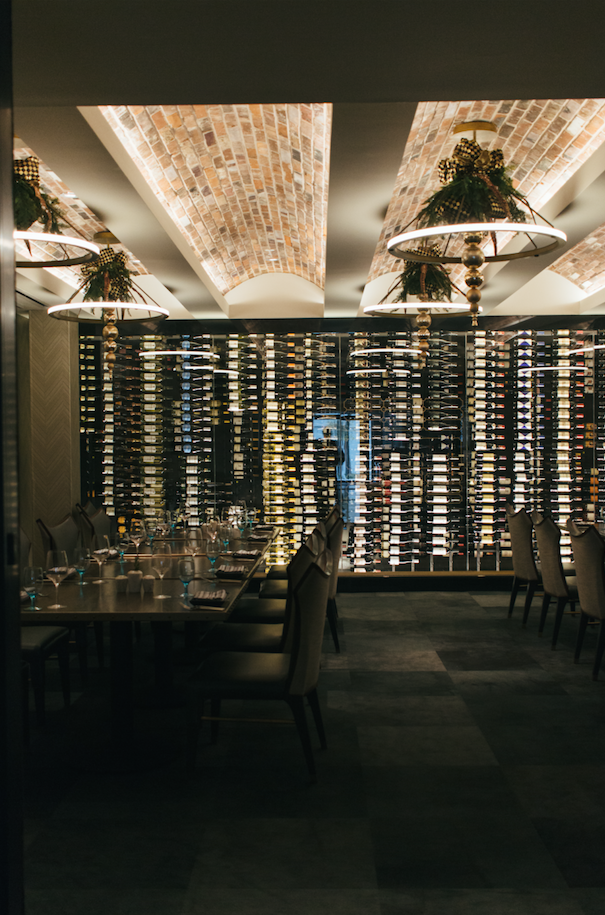
The Louisiana Division of Historic Preservation administers three tax-credit programs: the 20% Federal Historic Rehabilitation Tax Credit Program and 25% State Commercial Tax Credit Program for commercial properties, and the 18.5% State Residential Tax Credit Program.
“The credits have definitely boosted this change in mindset, and that’s exciting,” Chenevert says. “These old buildings have so many things to discover, things that cannot be duplicated. They can only be preserved.”
The incentives certainly play into the development of recent downtown projects, but Detiveaux hopes those who experience the Watermark do so on a deeper level that goes beyond the numbers.
“My focus was all about making preservation posh through adaptive reuse,” Detiveaux says. “The opportunity to bring a local historic icon back to life in a modern context was icing on the cake. Or, more appropriately, lagniappe.”
What a relief

Watermark art consultant Ann Connelly calls her a trailblazer, and the moniker certainly fits Louisiana sculptor Angela Gregory. Trained in Paris—she studied under Antoine Bourdelle, the chief student of Auguste Rodin—Gregory was a nationally celebrated artist at a time when that level of name recognition was extremely rare for women. Her 1930 sculpture for the façade of the New Orleans Criminal District Courts Building made headlines. One from New York read, “Prison Walls Made Less Grim by Girl Sculptor, Who at 25 Executes Many Important Commissions.”
By 1949, the Louisiana National Bank building (now home to the Watermark Hotel), then 24 years old, was in need of major renovations. Gregory was contracted to create eight bas-relief sculptures for the renovation. The New Orleans-based artist chose to depict the history of progress along the Mississippi River. The work is imbued with a strength and pride of forward momentum that flows from each scene on the panels. After a detailed restoration by Elise Grenier, the murals now hang in the Watermark’s ground floor lobby area and restaurant The Gregory, which was also named after the artist.
“It was obvious early on in the design process that these murals were integral to telling the story of this historic property and should be restored to become a spectacular feature that encourages locals and travelers to visit the hotel,” says interior designer Douglas Detiveaux. “They signify the pride and progress of Baton Rouge.” watermarkbr.com
This article was originally published in the February 2017 issue of 225 Magazine.
|
|
|

